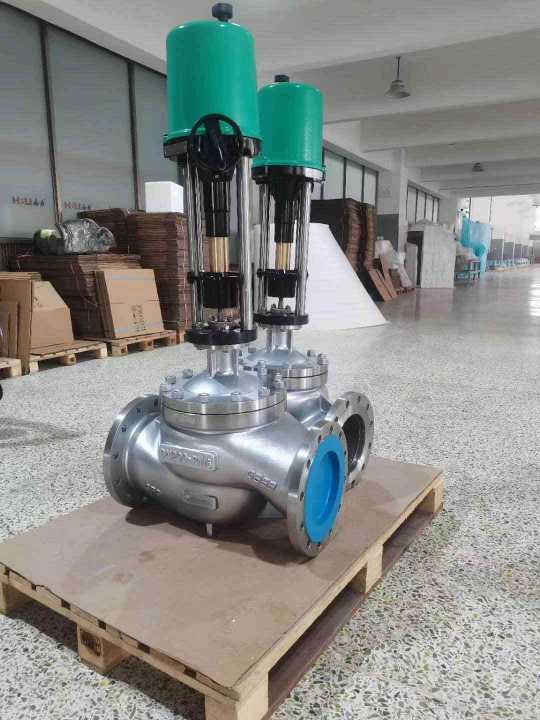understanding electric single seat regulating valves: a comprehensive overview
Release time:2025-05-26 16:47:01
In the world of fluid control systems, electric single seat regulating valves play an essential role. These valves are designed to effectively regulate the flow of fluids in various industrial applications. Whether it’s in chemical processing, water treatment, or HVAC systems, their impact on operational efficiency and system reliability cannot be understated. One company at the forefront of providing such solutions is CNHELI, which specializes in innovative valve technologies.

Electric single seat regulating valves consist of a single port design where fluid enters from one side and exits through another. The “single seat” feature refers to the simplified construction of the valve, which primarily focuses on optimizing flow control while minimizing pressure loss. This design is advantageous for situations where precise flow regulation is needed without complex internal structures that can complicate maintenance or increase malfunction risks.
A key benefit of electric single seat valves is their automated operation. Typically actuated by an electric motor, these valves can be precisely controlled using electronic signals from a supervisory control system. This means they can adjust their position in real-time to respond to changes in process conditions, such as pressure or temperature fluctuations. The flexibility offered by such systems enhances operational efficiency and allows for improved accuracy in flow control.

